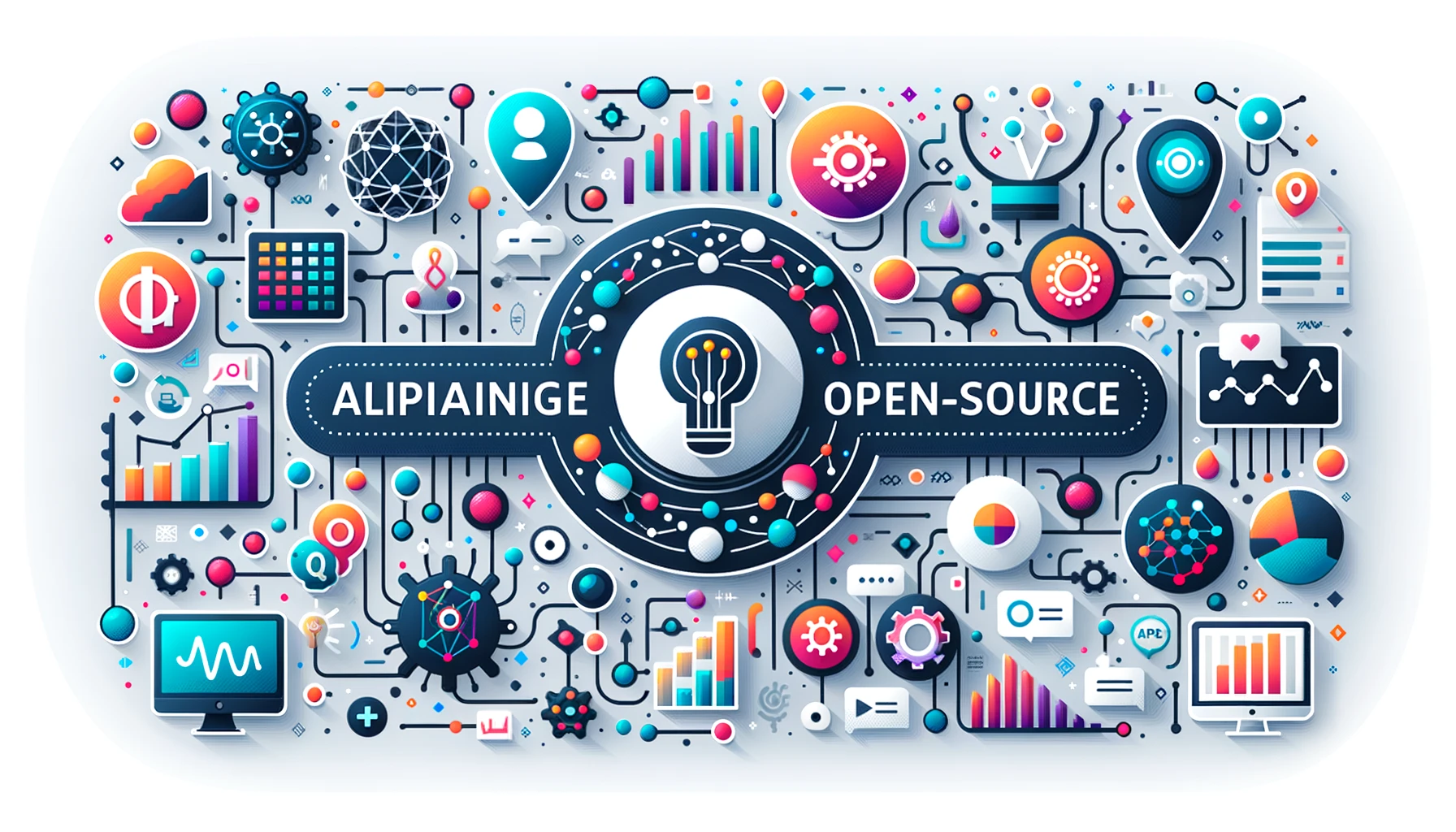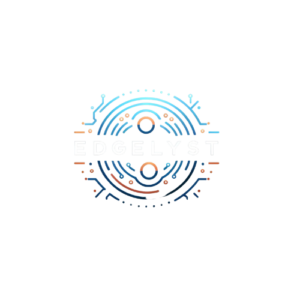In an age where proprietary software once ruled the tech landscape, open-source tools have carved out a significant and indispensable space, especially in the world of Artificial Intelligence (AI). Offering transparency, community-backed development, and the freedom to tailor the code to individual needs, these open-source tools are changing the game. But with a myriad of options available, how do you identify which tool is right for your project? Whether you’re an AI enthusiast, a data scientist, or a tech entrepreneur, this article aims to guide you through the best open-source AI tools that you should keep an eye on in 2023. We’ll cover everything from machine learning frameworks to natural language processing libraries, all while giving you an idea of what makes each tool unique.
Why Open-Source AI Tools?
Before we jump into our list, let’s take a moment to understand why open-source AI tools are worth your attention. The advantages are multi-fold:
- Community Support: A robust online community often backs open-source tools, offering a wealth of knowledge, troubleshooting advice, and ongoing development.
- Customizability: Open-source means the code is available for you to tweak. You can adapt the tool to fit your specific needs, instead of the other way around.
- No Hidden Costs: While some open-source projects may offer paid versions with additional features, the core functionalities are often available for free.
- Transparency: With open-source, you can see exactly what you’re getting. No hidden algorithms or proprietary magic; everything is out in the open for verification or modification.
- Quick Adoption: Thanks to the community-driven approach, open-source tools often evolve quickly, adapting to new tech trends and community needs faster than their proprietary counterparts.
By choosing an open-source AI tool, you’re not just picking a piece of software; you’re joining a movement that values collaborative intelligence over isolated genius.
Criteria for Evaluating Open-Source AI Tools
When it comes to choosing the right open-source AI tool for your project, there are several critical criteria you should consider. Here we dive into some of the most important ones.
Community Support
- Why It Matters: A strong community means a wealth of shared knowledge, quicker troubleshooting, and continuous updates.
- What to Look For: Active forums, frequent commits on the repository, and a general buzz in the tech space.
- Examples: TensorFlow and PyTorch have extensive communities that offer support through various platforms like Stack Overflow, GitHub, and dedicated forums.
Documentation Quality
- Why It Matters: Comprehensive documentation can significantly accelerate development and learning curves.
- What to Look For: Well-organized, frequently updated, and easy-to-understand guides, tutorials, and API documentation.
- Examples: scikit-learn is known for its excellent documentation that covers everything from beginner guides to advanced techniques.
Versatility and Ease of Use
- Why It Matters: An ideal tool should be flexible enough to accommodate a range of tasks yet user-friendly to cater to different skill levels.
- What to Look For: A good mix of high-level APIs for quick prototyping and low-level APIs for customization.
- Examples: Keras provides high-level APIs for beginners, while also offering the ability to create complex models for more experienced users.
By considering these criteria, you can make a more informed decision when choosing among the multitude of open-source AI tools available in the market. Whether you’re a beginner or an experienced developer, taking these factors into account will ensure you pick the tool that’s right for your specific needs.
Top Open-Source AI Tools in Different Categories
Open-source tools in AI are categorized based on their functionality and the problems they solve. Here’s a curated list of top-performing tools in various categories:
Machine Learning Frameworks
- TensorFlow:
- Usage: For building and deploying ML models.
- Notable Features: Flexibility, scalability, and a vibrant community.
- PyTorch:
- Usage: Mostly academic research and prototyping.
- Notable Features: Dynamic computation graphs, easier debugging.
- Scikit-learn:
- Usage: General-purpose machine learning.
- Notable Features: Easy-to-use API, extensive documentation.
Natural Language Processing
- SpaCy:
- Usage: Industrial-strength NLP.
- Notable Features: Efficient text classification, named entity recognition.
- NLTK:
- Usage: Academic and prototyping.
- Notable Features: Rich language processing libraries.
- GPT-2 (OpenAI):
- Usage: Text generation, summarization.
- Notable Features: High-quality output, scalable.
Computer Vision
- OpenCV:
- Usage: Real-time computer vision.
- Notable Features: Extensive libraries, optimized for performance.
- SimpleCV:
- Usage: Quick and easy computer vision projects.
- Notable Features: Simplified interface, beginner-friendly.
Data Visualization
- Matplotlib:
- Usage: Static, interactive, and animated visualization.
- Notable Features: Highly customizable, wide range of charts.
- Seaborn:
- Usage: Statistical data visualization.
- Notable Features: Built on Matplotlib, easier to use.
Automation and Workflow Management
- Airflow:
- Usage: Data pipeline orchestration.
- Notable Features: Dynamic pipeline generation, extensible.
- Luigi:
- Usage: Batch processing and dependency resolution.
- Notable Features: Python-based, integrates well with other tools.
Selecting the right tool often depends on your specific needs, whether it’s speed, ease of use, or community support. Knowing the top tools in each category can help you make an informed decision for your next AI project.
Challenges of Using Open-Source AI Tools
Despite the clear advantages, using open-source AI tools is not without its hurdles. Here are some common challenges to consider:
Lack of Maintenance
- Problem: Projects may be abandoned or updated infrequently.
- Impact: Risk of encountering bugs or security vulnerabilities.
Complexity and Learning Curve
- Problem: High entry barrier for beginners.
- Impact: Slows down project development and increases time to market.
Limited Functionality or Features
- Problem: Some tools may offer limited capabilities compared to premium solutions.
- Impact: May require combining multiple tools, complicating the workflow.
Intellectual Property Concerns
- Problem: Ambiguities in licenses and terms of use.
- Impact: Potential legal issues, especially in commercial applications.
Inadequate Documentation or Community Support
- Problem: Poorly documented code or lack of tutorials.
- Impact: Steeper learning curve and time-consuming problem-solving.
Understanding these challenges ahead of time will help you navigate the complexities of implementing open-source AI solutions. It’s crucial to weigh these factors against the benefits to make an informed choice.
Conclusion and Final Thoughts
The rise of open-source AI tools has democratized access to advanced technologies, breaking down barriers for developers and organizations alike. While these tools offer incredible benefits like cost-effectiveness, robust community support, and versatility, they also come with their own set of challenges such as maintenance concerns and potential complexities.
It’s important to evaluate your needs carefully, taking into consideration the level of community support, documentation, and functionality of these tools. As with anything in the tech world, there’s no one-size-fits-all answer. However, by being aware of both the pros and cons, you can make a well-informed decision that aligns with your project or organizational goals.
By leveraging the right open-source AI tools, you can innovate and implement solutions that could transform your business operations or even disrupt entire industries. So, explore, experiment, and most importantly, never stop learning.
And that wraps up our comprehensive guide on open-source AI tools. Whether you’re a solo developer, a startup, or a large organization, the open-source community has something invaluable to offer you.




